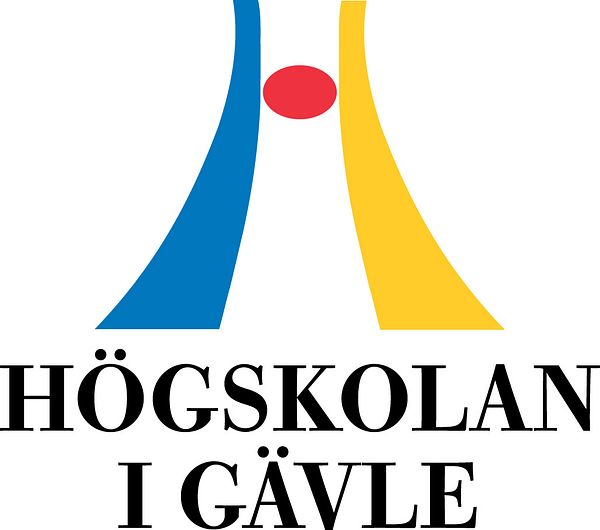Press release -
How smart is The Smart City?
“We would like to demonstrate how we can build smart cities in a better way, a way in which we consider nature and environmental concerns to a great extent, because no one is a smart as nature itself,” says Johan Colding, researcher at Urban Studio, University of Gävle.
Urban Studio, the research program on urban sustainability, aims to dig deep into ideas about the Smart City during two days at the University of Gävle, as leading researchers from Europe and Sweden gather to discuss the rapid development in what has been called “The Smart City.”
No one is as smart as nature itself
Johan Colding describes how we could build smart cities in better way. The city could be viewed as a system in which architecture efficiently interlinks different places, and where workplaces are located closely to residential areas. Moreover, creating attractive environments is at the top of the agenda.
“Nature-based solutions in choice of material, that is green roofs and walls, combined with green environments give pollinating insects opportunities to exist in urban environments and we should create conditions to enable organisms to move along avenues, for instance,” Johan Colding explains. “For no one is as smart as nature itself with its self-organising systems.”
Building for resilience
One focus is on how to build in resilience to major catastrophes like, for instance, a power cut that shuts down all IT infrastructure, and we should build so as to protect vulnerable social functions like hospitals from sabotage.
“Parks need to be left intact so they can absorb rain and wind and create all the ecosystem services that natural systems generate. In addition, the ecological memory needs to be protected, because it enables an ecosystem to be rebuilt after major disturbances.”
“In a clear-cut forest area, memory is very low, but if we save some trees and structures, a memory remains which enables the forest to regenerate.”
“This type of knowledge, this memory needs to be stored somewhere. For this reason, it is very important that children growing up in cities made of stone today dig in the soil and run in the woods, like we did when we grew up and learned how to care for the environment, for nature.”
Researchers know that we need to give green environments in cities a lot of space, because nature is important to our physical and mental well-being; these green oases are in fact crucial to our well-being.
Smart participation
One example of how smart technology can be used is by inviting people to participate in designing their hometown by using their smart phones. In a project in Stockholm, people could use their smart phones to communicate which places they found attractive and cosy and which places that seemed unpleasant.
“Urban planners received information concerning which places that needed to be redesigned to increase quality in the urban landscape, while people became more involved as they were invited to give their opinions about their city.”
Another example that will be presented is the use of smart tools in urban planning in Helsiniki.
The conference will also highlight issues concerning world views and how smart technology affects us both in a positive and a negative manner.
Smart Cities in the Anthropocene
- 25 – 26 October 2018 at the University of Gävle
Welcome to a two-day long seminar on on urban sustainability in which you have the opportunity to pose questions and discuss the subject.
- Date and time: 25 October, at 10.30-15.00 and 26 October, at 09.00-12.30
- Place: Krusenstjernasalen, room 23:213, Library, University of Gävle.
For more information, please contact:
Johan Colding, associate professor in natural resource management, research coordinator at Urban Studio, University of Gävle
Phone: 08- 673 95 39
E-mail: johan.colding@hig.se
Stephan Barthel, associate professor in environmental engineering, manager for Urban Studio, University of Gävle
Phone: 076-360 57 05
E-mail: stephan.barthel@hig.se
Text: Douglas Öhrbom
Foto: Jonas Adner
Topics
- Environmental politics
Categories
- sustainable cities
- urban development
- green cities
- smart cities
- air quality
- environmental psychology
- resilience
- urban studio
- stadsplanering
- research
- sustainable living environment
- university of gävle
Education and Research at a Scenic Campus.
The University of Gävle has approximately 17 000 students, more than 50 study programmes and second-cycle programmes, about 1 000 courses in humanities, social and natural sciences and technology.
Research Profiles
Built Environment and Health-promoting Working Life are the general research profiles of the higher education institution. Important parts included are Spatial Planning with a specialisation in Sustainable Built Environment and Musculoskeletal Disorders with the purpose to prevent work-related injuries. In 2010, the higher education institution received permission to carry out third-cycle programmes in the profile area of Built Environment.
The higher education institution has applied for permission to carry out third-cycle programmes in technology, humanities and social sciences.
